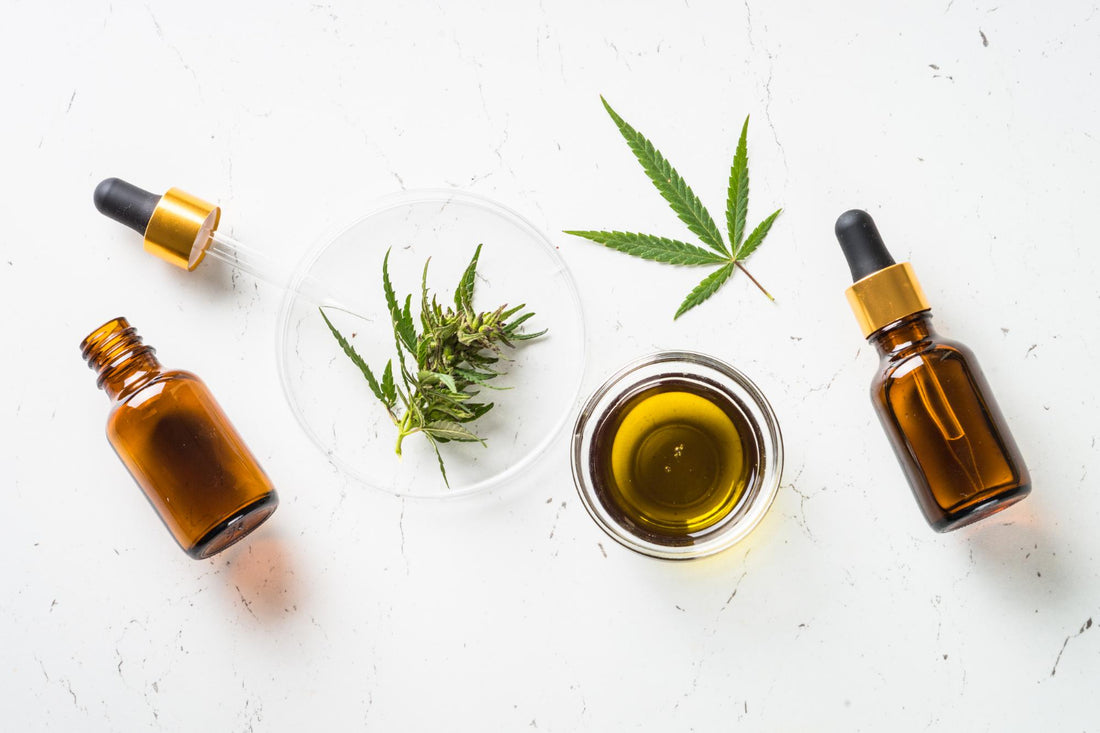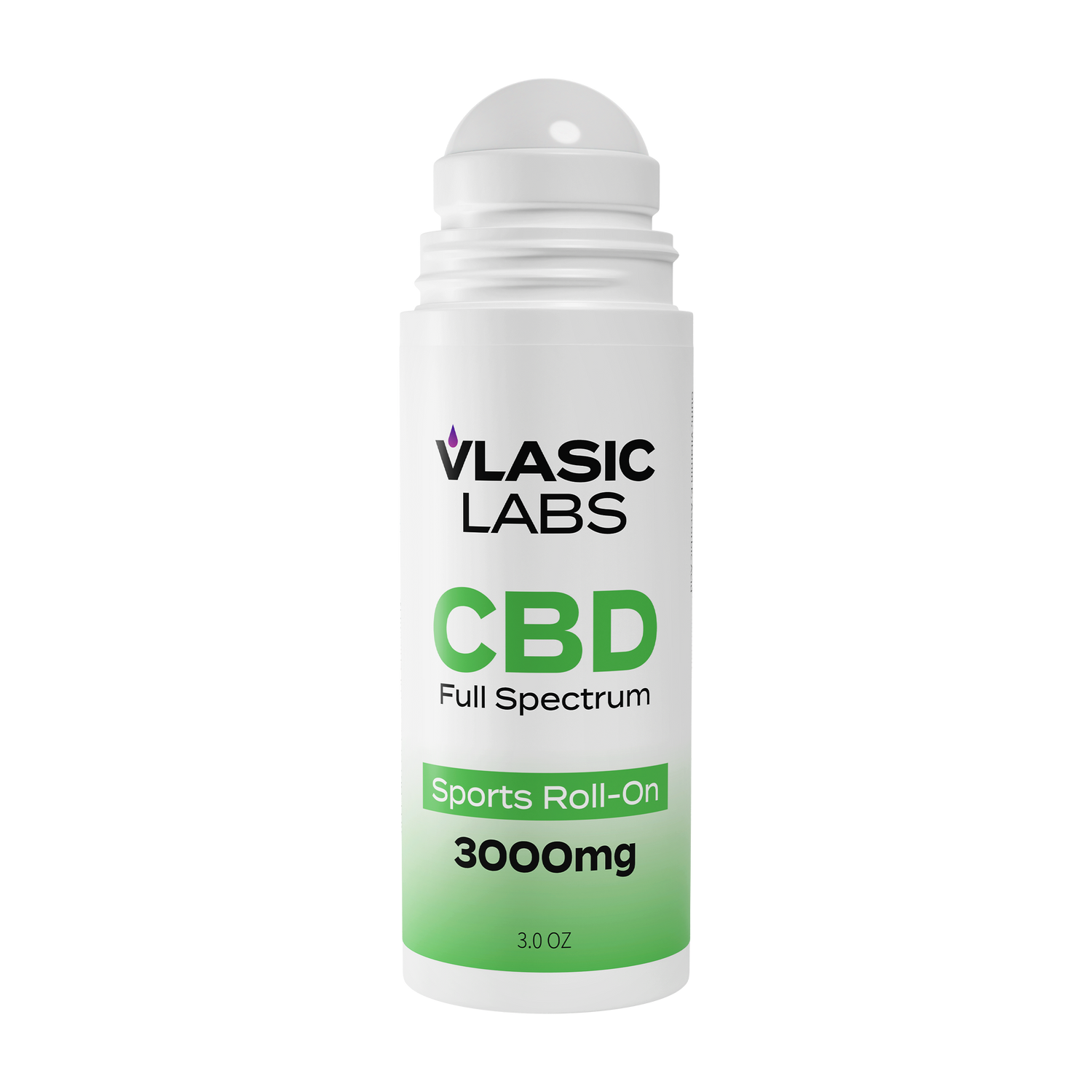
What is CBG? A Comprehensive Guide
Jack VlasicSince late 2018, when hemp and hemp extracts gained full legal status, the wellness community has embraced hemp as a versatile and beneficial ingredient for various health and lifestyle products.
Although cannabidiol (CBD) has taken center stage in all the hype around hemp-derived products, CBD is not the only beneficial cannabinoid produced by the cannabis plant. Another cannabinoid that has not gotten as much attention is cannabigerol (CBG), which is gaining increased attention for having potential health benefits.
If you are someone who has used CBD products to support wellness, you might have noticed that these products sometimes include CBG.
So, what is it, and how is it different from CBD or other hemp extracts?
Read on as we discuss the origins of CBG, look at how it stacks up against CBD, and explore the possible health and wellness benefits it offers.
What is CBG?
CBG is “the mother of all cannabinoids” since all cannabinoids are derived from cannabigerolic acid (CBGA), which is acidic CBG. Like all other cannabinoids, CBG acts as a phytocannabinoid, working with the body’s endocannabinoid system (ECS) to maintain and regulate homeostasis.
CBG is referred to by scientists as one of the minor cannabinoids because it is less prevalent than major cannabinoids such as CBD and THC (tetrahydrocannabinol). However, CBGA is integral to the plant’s natural production of THC and CBD.
Like CBD, CBG has no intoxicating properties and may offer health and wellness benefits.
How is CBG Formed?
While CBD, CBG, and THC originate from CBGA, their development rates within the hemp plant vary. The relative lack of popularity and recognition of CBG compared to its counterparts stems from the fact that CBGA undergoes conversion to CBD and THC at a considerably faster pace, resulting in a diminished amount of CBGA available for transformation into CBG.

The transformation of the majority of CBGA into acidic forms of THC and CBD, namely tetrahydrocannabinolic acid (THCA) and cannabidiolic acid (CBDA), is facilitated by plant enzymes during the maturation of cannabis plants. The conversion of these acids into CBD and THC is achieved through a process known as decarboxylation, which is triggered by exposure to heat,ultraviolet light, or time. It's worth noting that decarboxylation can also convert CBGA to CBG.
As the hemp plant matures, specific enzymes facilitate the synthesis of compounds such as CBDA, THCA, and cannabichromene acid (CBCA) from CBGA.
Following the conversion of CBGA into these alternative molecular compounds, mature cannabis plants contain only minimal CBGA concentrations. Subsequently, when heat is introduced, these structures undergo decarboxylation, shedding carbon elements and transforming into their more recognizable forms of THC, CBC, CBD, and CBG.
As a result, there’s less CBG for extraction and use, making the cost of CBG extraction and production substantially higher than some other cannabinoids. Furthermore, CBG extraction often requires precise isolation and purification using special tools that avoid using increased amounts of raw hemp.
How is CBG Extracted?
Despite CBG being the precursor of all the cannabinoids, mature hemp plants sometimes contain only around 1% of CBG since most has already converted to other cannabinoids.
Obtaining CBG can be challenging and costly, requiring harvesting from young plants or cultivating varieties that are bred specifically for CBG production.
Scientists continue developing hemp strains with higher CBG yields and harvesting plants sooner in the growth cycle for optimized extraction. However, CBG remains more rare and difficult to remove in significant amounts, leading to its scarcity in wellness formulas compared to more abundant CBD.
Limited information on CBG exists due to its rarity, and ongoing research aims to uncover more, including efforts to produce higher CBG amounts by cross-breeding and practicing more precise extraction timing from budding plants.
CBD vs CBG: Understanding the Differences
Now that you understand what CBG is, how it is formed, and how it is extracted, let's discuss how CBG differs from CBD.
Subtle molecular distinctions lead to significant variations in the effects of CBG and CBD and their interactions with the ECS. Researchers note that CBG strongly binds to ECS cell receptors, potentially inducing direct responses.
Studies also suggest that CBG molecules may partially bind to the CB1 receptors, constituting half of our ECS. This partial binding is key to CBG's ability to counteract THC effects, which is a notable characteristic.
Some indications are that CBG may also influence CB2 receptors, although specific details remain elusive. Researchers propose that CBG may contribute to what is known as the "entourage effect" as it synergizes with other types of cannabinoids and terpenes. This collaborative effect is a hot topic of discussion in the CBD and cannabis communities that highlights CBG's role in cannabinoid formation and cooperative functionality.
CBD molecules predominantly engage with CB2 cannabinoid receptors. On the other hand, CBG is believed to attach both to the CB1 and the CB2 receptors. These receptor types reach distinct biological systems in the body. This activity may be enhanced by incorporating multiple cannabinoids within CBD products to amplify benefits by fostering increased interaction at binding sites and leveraging that entourage effect.
While CBD and CBG operate differently due to their molecular structures, the benefits vary from the specific binding sites within the ECS they utilize.
Exploring The Benefits of CBG: What We Know So Far
Medical researchers have conducted studies examining the potential benefits of CBG, focusing on CBG oil and its impact on the body. While these outcomes offer reasons to be optimistic about CBG's health benefits, it's crucial to note that the results are strictly preliminary.
Because many of the studies used high doses of isolated CBG in non-human subjects, they don't conclusively demonstrate the usefulness of CBG oil for treating or preventing diseases in humans.
Ongoing research is essential, but early evidence has captured the interest of medical experts. CBG's benefits may support overall health routines, like maintaining a balanced diet, getting regular exercise, and practicing good sleep habits. Although studies are ongoing, consumers often report health benefits similar to CBD, aiding pain relief, improving sleep, and managing stress.
The potential benefits of CBG show promise based on initial scientific investigations. Its future in the hemp industry may become more robust if manufacturers can extract the cannabinoid for CBG oil more efficiently and cost-effectively.
With positive outcomes from initial studies, scientists are optimistic about future research using CBG alone or in combination with other cannabinoids to develop safe and natural alternatives for promoting general wellness.
CBG: The Bottom Line
As manufacturers work on more efficient CBG extraction methods, scientists remain optimistic about the future of CBG in the hemp industry. Whether used alone or in combination with other cannabinoids, CBG holds the promise of providing safe and natural alternatives for promoting general wellness.

